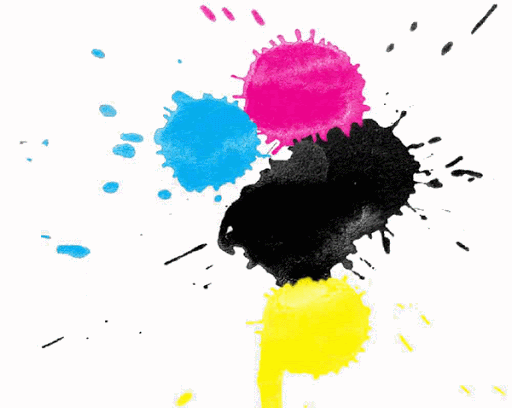Great tips on how to avoid ink bleeds and smears: Stop the bleeding!
So you have a beautiful image. On screen the colors are vibrant, the compilation of different tones are brilliant, and everything seems to bind well together. Now it’s time to print and convert that digital image into tangible art. Looking at the image on paper, you would hope that the high quality look of the colors on screen would remain the same on the print out. However, that is not the case, in many situations, when dealing with an inkjet printer.
Smears (or ink bleeds) will take a beautiful image and turn it into a messy, blurred waste of time. There are many reasons as to why the ink is not holding well to the paper, and it may have nothing to do with your printer or the ink cartridge. Let’s analyze what causes the ink to bleed, so we can provide the best ways to avoid the issue.
Ink Drying Time
It’s very common for people to work and handle a print out the minute it comes out of the printer. But bare in mind, the ink used in most inkjet printers is a water-based material. If it’s not given the proper time to dry and absorb into the paper, the ink can smear and bleed as it’s being handled. It can also stain your fingers as well as your clothing.
Give print-out time to dry
Make sure you allow the ink enough time to dry and seal into the paper. Do not touch the image with your fingers directly and do not stack one document on top of another. Place it on a dry, flat surface and let it sit for a few minutes before you handle it.
Stay away from Liquids/Moisture to prevent smears
This is directly related to the above information. If your inkjet print out comes in contact with any sort moisture, it’s very likely that the ink will smear. Moisture can come from anywhere, including perspiration from your hands. If your hands are sweaty while your handling the document, not only will the ink smear on the paper but it will also stain your hands.
Dry your hands to prevent smears
Always make sure that your hands are completely dry before you handle a print out. When you place it on a surface to dry, make sure it’s not exposed to any form of liquids, which includes open water/soda bottles or cans, condensation, and food items. Before you place the fresh print out anywhere, make sure the space is clear and moisture free.
Type of Paper affects Print Quality
When it comes to inkjet printers, you have to make sure that you’re using the right kind paper in order to print out the best quality of work. Using a sheet that is too thick to pass through the feeder will definitely cause ink smears. Likewise, if you’re using a sheet that is too thin, avoid printing two-sided documents, since passing through the feeder for the second time will definitely smear the ink; possibly on both sides.
Know what type of paper to use
The best way to avoid this issue is to review the specifications of your printer. Know what type of paper is recommended and follow the instructions on the guide. All printers are different and have distinct hardware requirements. For better quality print outs and smear avoidance, follow the guide closely and only use the recommended material.
Contamination Within the Printer
As time passes, the build up of dust, hair, and dirt from the environment can cause the ink on your printouts to look blurry and smeared. In a similar case, the print head, which is the component that applies the ink to the paper, can accumulate access ink and cause smears, as well as misprints.
Clean your printer to prevent smears
In order to avoid this issue, review and follow the manufacturer’s recommendations for cleaning the inside of the printer. To reiterate, all printers are different, however they all require cleaning. As long as you follow the cleaning requirements, you’re likely to avoid any issues with contamination build up within the printer.
For more tips on how to get the best results from your printer and get special discounts, please subscribe to our mailing list and connect with us on Facebook .

